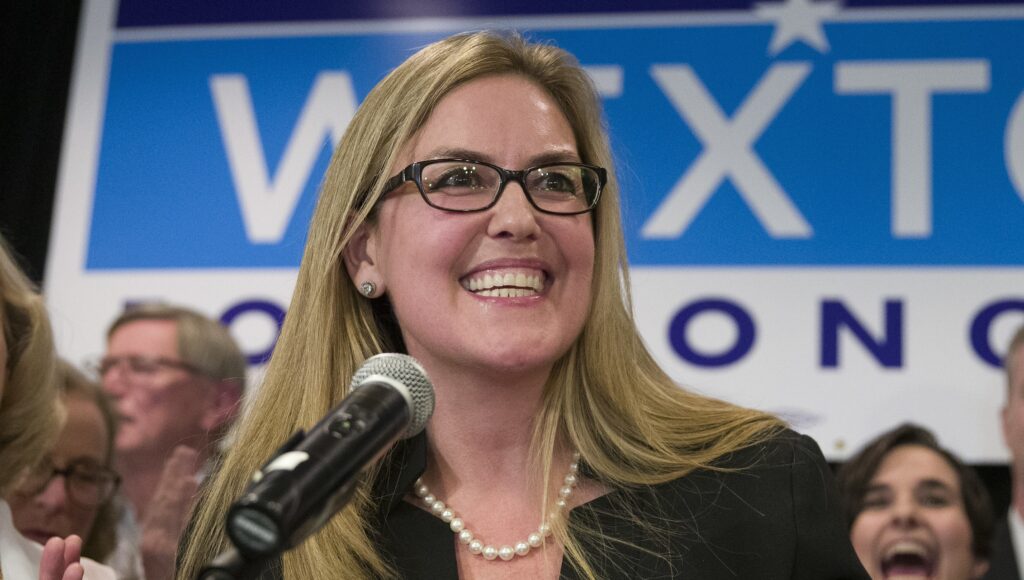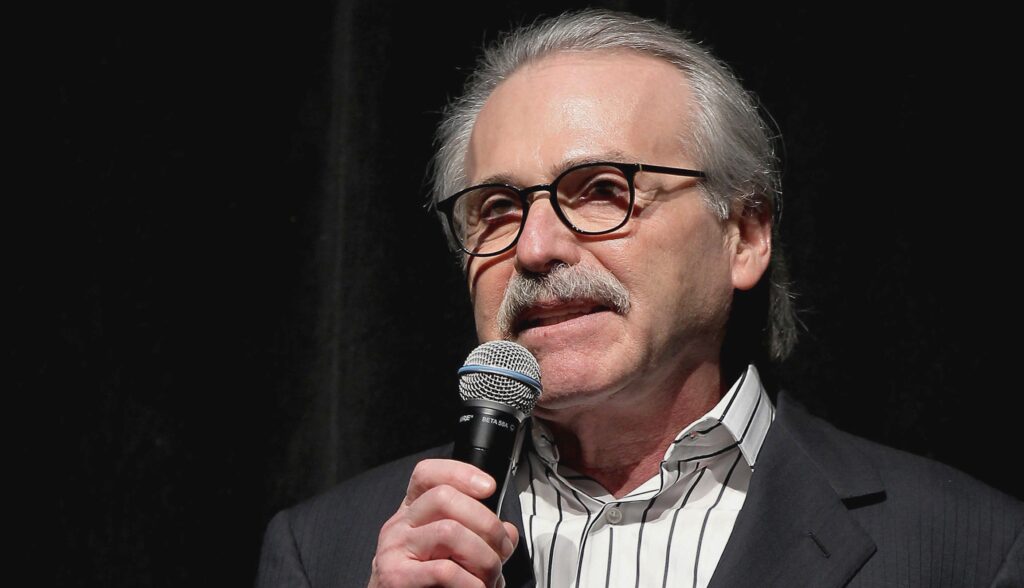Mortgage rates hit 23-year high, hurting homebuyer affordability.
Homebuyer Purchasing Power Takes a Hit as Mortgage Rates Soar to 23-Year High
Homebuyer purchasing power has taken yet another hit as home loan borrowing costs have risen for the fifth straight week, soaring to their highest level in 23 years.
The average rate on the benchmark 30-year mortgage has risen to 7.57 percent, up from 7.49 percent last week, according to Freddie Mac.
That’s more than double what it was two years ago and the highest level since Dec. 1, 2000, when the 30-year mortgage rate averaged 7.65 percent.
Related Stories
-
Mortgage Applications Drop to 30-Year Low Amid Elevated Interest Rate
10/9/2023
-
Homeowners Brace for Mortgage Payment Shock Amid Higher for Longer Rate Outlook
10/2/2023
“For the fifth consecutive week, mortgage rates rose as ongoing market and geopolitical uncertainty continues to increase,” Sam Khater, Freddie Mac’s chief economist, said in a statement.
“The good news is that the economy and incomes continue to grow at a solid pace, but the housing market remains fraught with significant affordability constraints. As a result, purchase demand remains at a three-decade low,” he added.
With home loan borrowing costs at multi-decade highs and many potential home sellers having locked in their mortgages at much lower rates, there are dual disincentives pushing down sales volumes.
“No one wants to sell their property, no one wants to buy a property,” Glenn Kelman, CEO of housing data provider Redfin, told Yahoo Finance in an interview. “So sales volume is going to stay low for the foreseeable future.”
Mortgage Applications Near Multi-Decade Lows
Meanwhile, applications for home loans have dropped to near multi-decade lows, according to the Mortgage Bankers Association (MBA).
“Application activity remains depressed and close to multi-decade lows, with purchase applications still almost 20 percent behind last year’s pace,” MBA deputy chief economist Joel Kan said in a statement.
“Refinance applications also continue to be limited, and the average loan size has fallen to its lowest level since 2017,” he added.
Mortgage rates are closely tied to the 10-year Treasury note yield, which in recent months has been on a tear.
Since late July, the yield on the benchmark 10-year note jumped from about 4 percent to about 4.8 percent—a 16-year high.
Part of what’s driving Treasury yields—and mortgage rates—higher is the Federal Reserve’s series of sharp rate hikes.
Housing Lobby Groups Plead for Rate Hike Pause
Several housing-industry lobby groups have urged Federal Reserve Chair Jerome Powell not to raise interest rates any further—and to refrain from selling mortgage bonds unless real estate financing becomes more stable.
“We urge the Fed to take these simple steps to ensure that this sector does not precipitate the hard landing the Fed has tried so hard to avoid,” the National Association of Realtors, Mortgage Bankers Association, and National Association of Home Builders wrote in a letter to Mr. Powell on Oct. 9.
The three groups said that continued market uncertainty about where the Fed goes from here in terms of interest rates is leading to a widening premium of 30-year mortgage rates over benchmark 10-year Treasury yields.
With this spread now having reached “historically high levels,” the trio said that housing affordability has taken a hit, causing “additional disruptions for a real estate market that is already straining to adjust to a dramatic pullback in both mortgage origination and home sale volume.”
Inflation in Focus
The government released the latest data on inflation on Thursday, showing that the Consumer Price Index (CPI) rose 3.7 percent in September, matching August’s pace.
While that’s down from a recent peak of 9.1 percent in June 2022 and lower than the 8.2 percent pace a year ago, it’s still well above the Fed’s inflation target of 2 percent.
“Consumer prices are not fully compliant, though they have decelerated from last year,” said Lawrence Yun, chief economist for the National Association of Realtors, in a statement.
Mr. Yun pointed out that despite some signs pointing toward softer rent growth, the latest government figures are still showing a “fast increase.”
“Rents rose 7.4 percent from a year ago,” he said. “This is the main reason why consumer prices are not fully under control and why the Fed refuses to consider cutting interest rates.”
Housing data provider Redfin said in a post on X that it’s observed a flattening of asking rents in September.
“Rent price growth has flattened because a boom in new rental units have flooded the market,” the group said in the post. “Prices haven’t substantially declined because there’s still demand for rentals, especially as elevated mortgage rates deter homebuyers.”
In his statement, Mr. Yun added that he believes it’s “inevitable” for rent price growth to slow down in the future because of expanded construction of new apartment buildings.
Where Do Rates Go From Here?
Messages have been mixed from Fed policymakers about where the central bank’s benchmark fed funds rate goes from here.
Several central bank officials have suggested in recent days that the Fed may not raise its benchmark rate any further than the current 22-year high—while others see more upside for rates.
While the Fed opted not to raise the benchmark federal funds rate at its most recent policy meeting in September, rates are at the highest level since 2001, within a range of 5.25–5.5 percent.
Newly released records of discussions among Federal Reserve policymakers show that they expect one more interest rate hike and then they’ll hold rates high for “some time,” although a recent surge in long-term Treasury yields may have changed that calculus.
Minutes from the central bank’s most recent September meeting of the rate-setting Federal Open Market Committee (FOMC), released on Oct. 11, show that a “majority” of officials believe that one more rate hike “would likely be appropriate” to get inflation closer to the Fed’s 2 percent target.
By contrast, “some” policymakers “judged it likely that no further increases would be warranted,” the minutes read. This is a view that aligns closely with market expectations that put the odds of another pause at the FOMC’s next meeting in November at more than 90 percent.
Before the release of the minutes, a recent surge in longer dated U.S. Treasurys—which made government borrowing more expensive—prompted several Fed officials to suggest that the central bank may leave rates unchanged in November.
Federal Reserve Governor Michelle Bowman said last week that despite “some progress” on inflation, the Fed will probably need to tighten monetary policy further to bring inflation down to target and restore price stability.
By contrast, several other Federal Reserve officials have suggested that the central bank may leave rates unchanged at the FOMC’s next meeting in roughly three weeks’ time.
Philip Jefferson, vice chair of the Fed’s board, said in an Oct. 9 speech to the National Association for Business Economics that he would “remain cognizant” of recent spikes in U.S. Treasury yields and “keep that in mind as I assess the future path of policy.”
Lorie Logan, president of the Federal Reserve Bank of Dallas and a voting member of the FOMC, told the same conference earlier in the day that higher long-term bond rates could perform the function of tightening financial conditions—basically doing some of the Fed’s job for it and weakening the case for another rate hike.
Raphael Bostic, president of the Federal Reserve Bank of Atlanta, said Tuesday that he doesn’t think the central bank needs to raise rates any further.
Mr. Bostic told the American Bankers Association that monetary policy is sufficiently restrictive and much of the impact of the Fed’s rate hikes is yet to come.
Ate hike is likely this year, with some noting that “further gradual increases” in rates may be warranted in the future.
However, the minutes also acknowledge that the recent increase in long-term rates may have altered the path of rate hikes
How likely is it that there will be a hike in interest rates this year?
I cannot provide real-time information or predict future events.
Interest rate hikes are determined by central banks and are influenced by various economic factors such as inflation, employment rates, and economic growth. The decision to increase interest rates typically depends on the overall health of the economy and the goals of the central bank.
To get accurate and up-to-date information on the likelihood of interest rate hikes in a particular country, it is best to consult reliable sources such as central bank announcements, economic news outlets, or financial experts.
" Conservative News Daily does not always share or support the views and opinions expressed here; they are just those of the writer."





